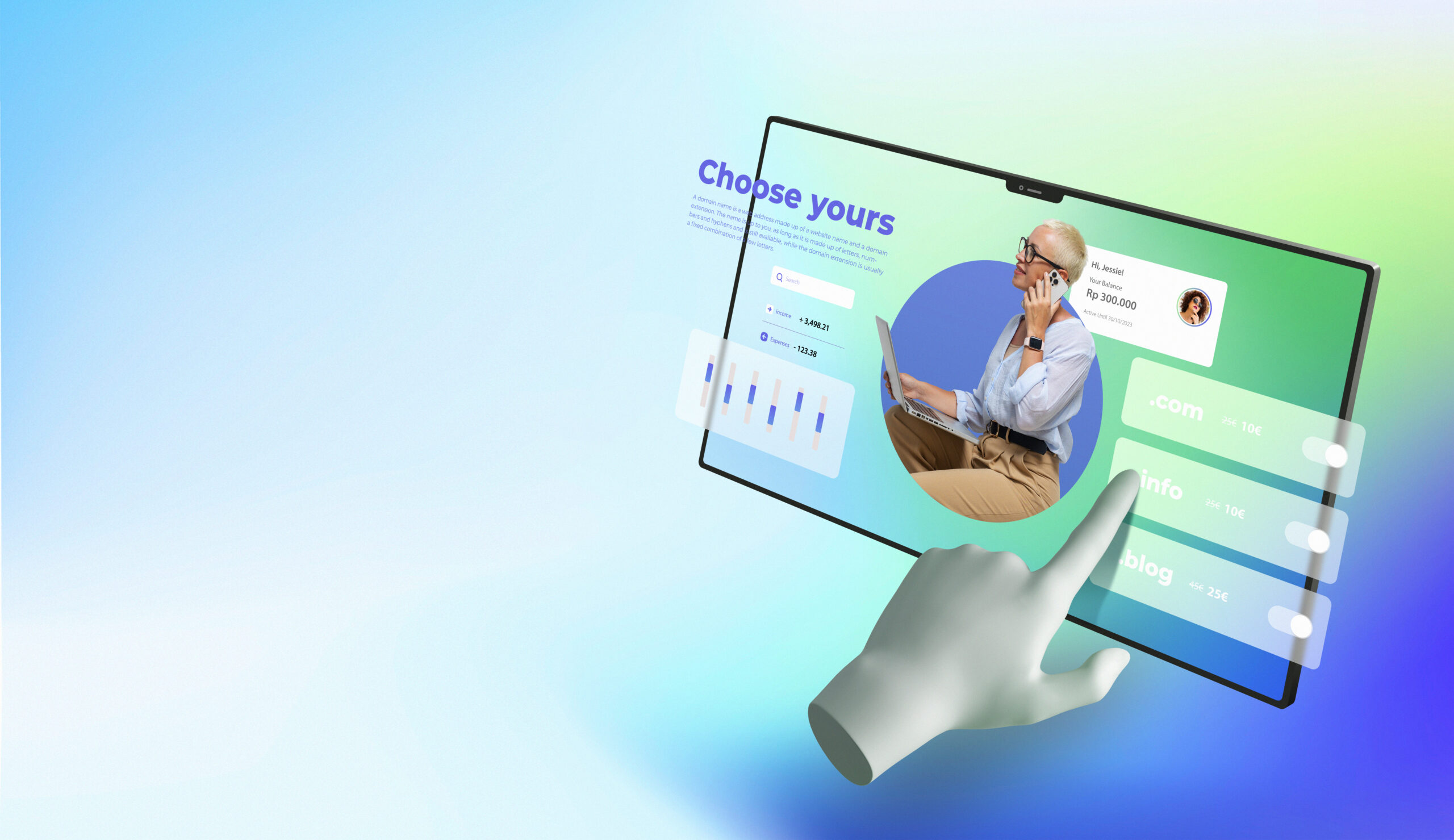In the ever-evolving world of technology, developers continually seek tools that can enhance their efficiency and creativity. Among the most crucial tools in a developer’s arsenal are Integrated Development Environments (IDEs) and code editors. These platforms are more than mere text editors; they are the backbone of software development, offering a range of features that help in writing, testing, and debugging code. In this post, we’ll dive into the latest trends in IDEs and code editors, exploring how they are reshaping the way developers approach their craft.
A Game Changer in Development: Discover Developers Services by Webtec.
The Evolution of IDEs and Code Editors
Traditionally, IDEs and code editors were relatively simple. They provided a platform for writing code with some basic functionality like syntax highlighting and file management. However, as the complexity of software development has increased, these tools have evolved significantly.
Today, modern IDEs and code editors are equipped with advanced features such as intelligent code completion, real-time collaboration, version control integration, and even AI-assisted coding. These features not only streamline the development process but also open up new possibilities for how developers work.
Streamlined Workflow: The Core Advantage
One of the key benefits of modern IDEs and code editors is the streamlined workflow they offer. Developers can now write, test, and debug code all within the same environment. This integration reduces the need to switch between different tools and platforms, saving time and reducing the potential for errors.
For instance, some IDEs come with built-in debugging tools that allow developers to step through their code line by line to identify and fix issues. This seamless integration between coding and debugging is a game-changer, making the development process more fluid and intuitive.
Expand your horizons! Our new blog post is just a few clicks away: Automated Testing Tools for Developers.
Collaboration and Real-Time Editing
The rise of remote work has led to a greater need for tools that support collaboration. Many modern IDEs and code editors now include features that allow multiple developers to work on the same codebase in real time. This capability transforms the way teams collaborate, enabling more efficient and cohesive development processes.
Real-time editing features also come with the ability to chat and comment within the IDE or editor, further enhancing communication among team members. This level of collaboration was once a distant dream but is now a reality in many development environments.
Customization and Extensibility
Another significant trend in the world of IDEs and code editors is customization and extensibility. Developers no longer have to adapt their workflow to fit the constraints of their tools. Instead, they can tailor their IDEs and editors to match their specific needs.
Many modern IDEs and editors support plugins and extensions that add new functionalities or improve existing ones. Whether it’s a new theme, a code linter, or integration with other tools, the ability to customize your development environment is a powerful feature that enhances productivity and comfort.
AI and Machine Learning Integration in IDEs and Code Editors
Now, let’s focus on how Artificial Intelligence (AI) and Machine Learning (ML) are revolutionizing IDEs and code editors. These technologies are not just new additions; they’re game-changers. Imagine getting smart coding suggestions as you type. That’s what AI integration is doing. It’s making coding faster and reducing mistakes. But there’s more. These AI features learn from how you code. They adapt to your style and offer customized advice. This makes your coding experience not only efficient but also uniquely tailored to you.
Moreover, AI in IDEs and code editors isn’t just about speeding up coding. It’s also about learning and improving. AI analyzes vast amounts of code to suggest the best practices. It can even predict errors before you make them. This way, you’re not just coding; you’re learning and growing as a developer.
Accessibility and Inclusivity in IDEs and Code Editors
Moving on, let’s talk about another crucial development: making IDEs and code editors more accessible and inclusive. This progress is vital. It ensures that everyone, regardless of their abilities, can code. These tools are now more user-friendly. They’re designed for a diverse group of developers. This includes people with disabilities.
Features like adjustable text sizes are a big help. They make sure everyone can read the code comfortably. High-contrast themes help those with visual impairments. Screen reader support is another great feature. It allows visually impaired developers to hear the text. All these features are breaking down barriers. They’re opening up the world of coding to everyone. This inclusivity is not just good for individuals. It’s good for the field of coding. It brings in fresh perspectives and ideas.
In summary, the integration of AI and ML in IDEs and code editors is a significant leap forward. It makes coding smarter and more personalized. At the same time, the focus on accessibility and inclusivity is equally important. It ensures that these powerful tools are available to all, fostering a more diverse and innovative coding community.
Conclusion
The world of IDEs and Code Editors is always changing. This change happens because developers need new things and technology keeps getting better. These tools do more than just help write code. They create a place where developers can do their best work and be very creative. Looking ahead, it’s obvious that IDEs and Code Editors will keep being very important in how people make software. Each new feature and change in these tools doesn’t just follow tech trends. They help shape the future of how we code.
As developers face new challenges, IDEs, and Code Editors adapt quickly. They bring in new functions that make coding faster and easier. For example, they now offer ways to fix code as you type, which saves time. Also, they connect better with other tools and services, which streamlines the whole process of developing software.
Moreover, these tools focus more on the user. They’re becoming easier to use and understand. This helps new coders get started and lets experienced ones work more efficiently. Plus, they’re being designed with everyone in mind. This means they’re more accessible to people with different needs and backgrounds.
In short, IDEs and Code Editors are at the heart of software development. They’re not just tools; they’re partners in the creative process. As they evolve, they open up new ways for us to think about and do coding. They’re not just keeping up; they’re leading the way into the future of development.


